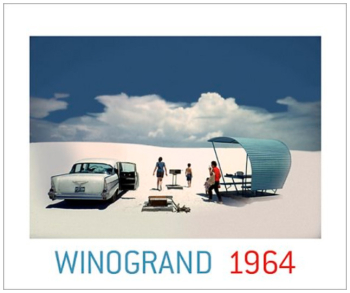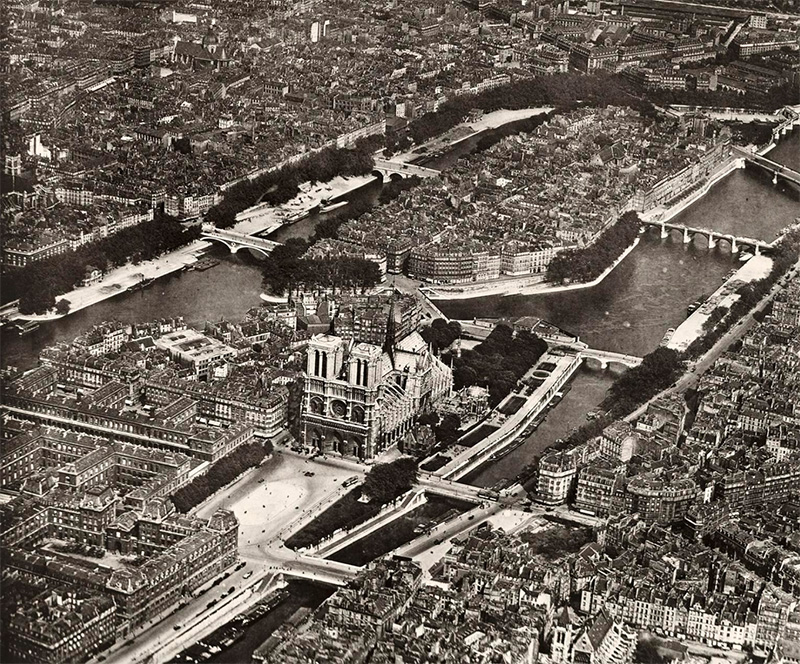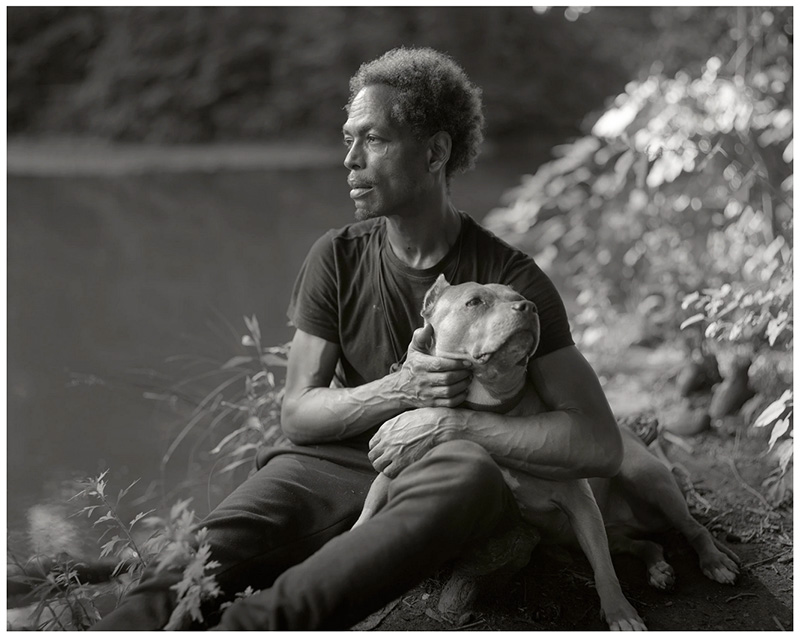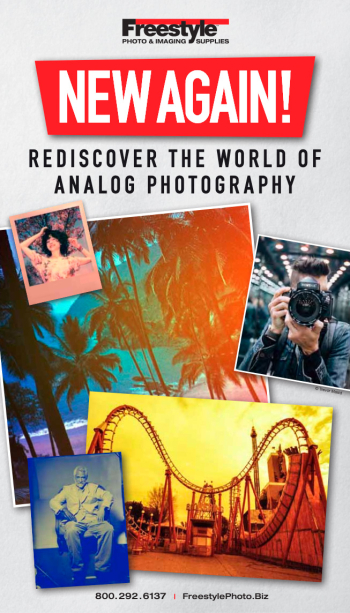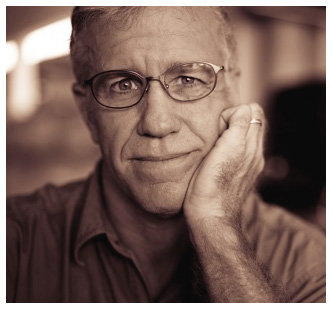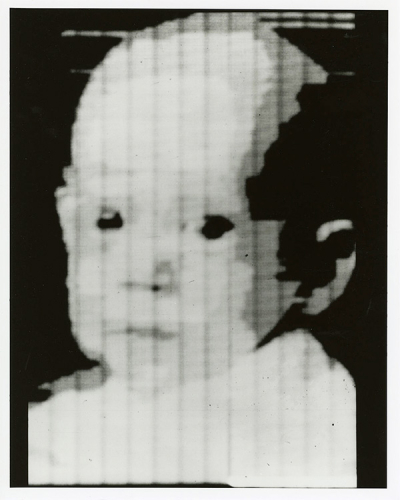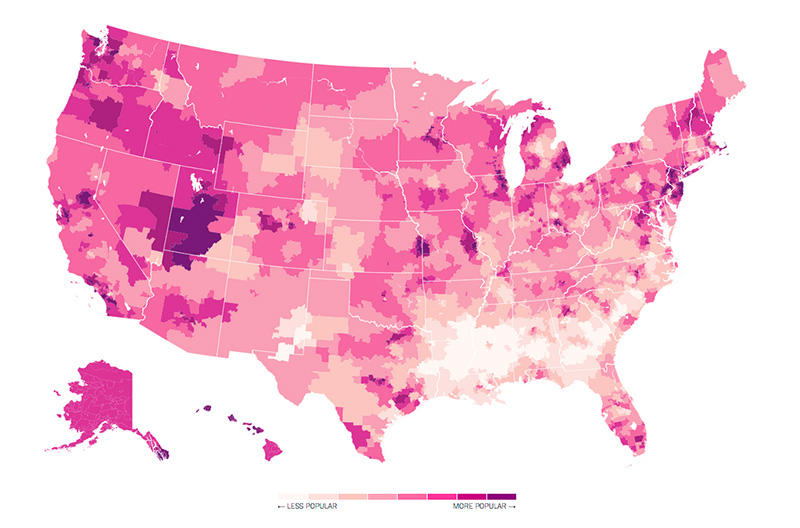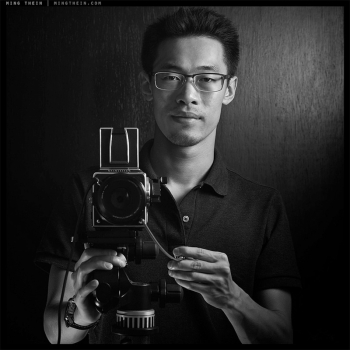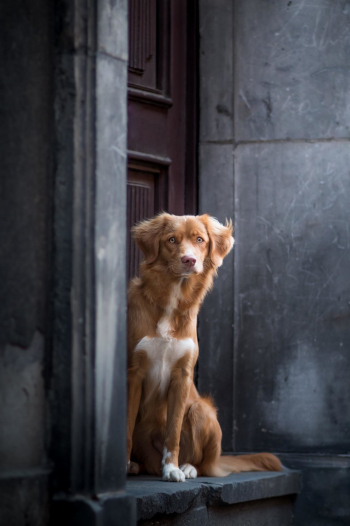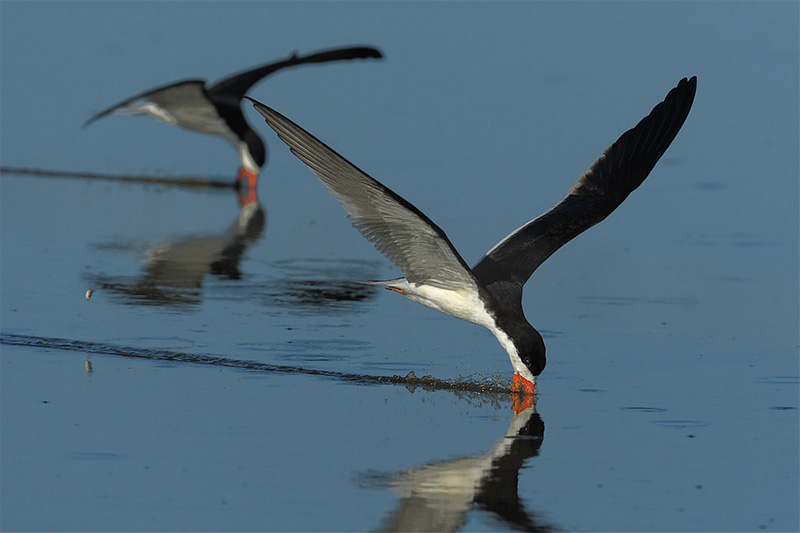I'm sorry I had to take the past few days off...needed some mental health time (or maybe just plain health time...I slept 12 hours Thursday night! I didn't know I could still do that). But the comments are now all posted for the Ricoh GR III and the "Proper Attitude Toward Tech" posts.
I'm also desperately apologetic that I forgot to mention this in advance of Friday evening when it was broadcast...there's a new "American Masters" documentary about Garry Winogrand on PBS (Public Broadcasting Service). A kind reader even reminded me and I still forgot. :-(
It's not great to look at his pictures within a video—not rich enough, tonally kind of leached out, a bit mushy—like coarse simulacra of the real thing. And although the makers of the show didn't zoom in and move around in the frames, which is a plus, it also wasn't so great that they felt they had to add soundtracks to several sequences. I don't need Dylan in order to look at Winogrand, thanks anyway. And I'm not too sure about those YouTubey infographic titling segments or whatever you'd call 'em. Overall I got the feeling they were casting about desperately to juice up the presentation so that it wasn't just plain old black and white still photographs and people speaking thoughtfully. You know what they say: oh well.
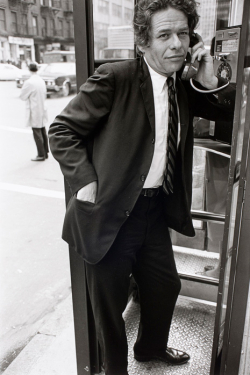 But still, there are some good interviews and insights, and the show pulled together relevant information from a lot of sources and different time periods. I do love hearing Winogrand talk about what he does. It reminds me of the American CIA agents in Steven Spielberg's Munich, all brash and business and no-BS. And it's interesting to see visuals of people like Geoff Dyer and Todd Papageorge. I've never known what either of those gentlemen look like. Kind of spooked me to hear Szarkowski's gravelly voice make some cryptic pronouncement from out of nowhere and then fall silent. I used to talk to him on the phone from time to time.
But still, there are some good interviews and insights, and the show pulled together relevant information from a lot of sources and different time periods. I do love hearing Winogrand talk about what he does. It reminds me of the American CIA agents in Steven Spielberg's Munich, all brash and business and no-BS. And it's interesting to see visuals of people like Geoff Dyer and Todd Papageorge. I've never known what either of those gentlemen look like. Kind of spooked me to hear Szarkowski's gravelly voice make some cryptic pronouncement from out of nowhere and then fall silent. I used to talk to him on the phone from time to time.
It's available to watch for free online until May 17th, though it might not be accessible from outside the USA. (For which I'm sorry, but please don't shoot the messenger, please. That goes both ways—US Americans can't watch the BBC's "The Genius of Photography" because it's not available here and even the DVDs are Europe-only).
Personally I admit that Winogrand is not a favorite photographer. I do acknowledge and appreciate his importance (PBS says, "his 'snapshot aesthetic' is now the universal language of contemporary image making"), and I love to hear his thoughts on photography—he's like a street-photography philosopher, is what he is. I've engaged with his work for what feels like my whole life. But he's never moved me. I do respect him, though.
By the way, if you're one of those who are skeptical of Winogrand, and I know you're out there, try this: look at his work carefully, really look at it, and try to mimic his style with just one shot. You'll probably fail, but it might change your life. It did for me when I did the same thing with Lee Friedlander. Who, by the way, would be my pick for "the central photographer of his generation*." That was Szarkowski's famous epigrammatic pronouncement about Lee's good friend Garry.
People treat it as a great mystery that Winogrand left 300,000 exposures incompletely dealt with when he died. The real reason isn't far to seek—he got struck down by gallbladder cancer at the age of 56, which, for a guy like him, was the prime of life. He had a span of barely seven weeks from diagnosis to death. Not much wonder he got caught mid-stride and still in the midst of life.
Oh and one more thing: Now that Cartier-Bresson's The Decisive Moment was finally reissued after decades out of print, the one photographic book most in need of of a reissue might be the chronicle of what is acknowledged to be the photographer's peak year, a stretch of sustained seminal brilliance and mastery that was radical in its time—Winogrand 1964. Until then, if you want a copy, you'd better have deep pockets, or great luck.
It's always good to revisit Garry. It could have been better, but I'm glad he has his first documentary now.
Mike
(Thanks to Zack Schindler and Jim Loudon.
Inset photo of Garry by Jonathon Brand. Thanks to Judi Lamb for the ID.)
*And what generation would that be? Well, Friedlander is 84 today, and Winogrand would have been 91 if he were still alive.
Original contents copyright 2019 by Michael C. Johnston and/or the bylined author. All Rights Reserved. Links in this post may be to our affiliates; sales through affiliate links may benefit this site.
(Not) everything must fade away
(To see all the comments, click on the "Comments" link below.)
Featured Comments from:
Zack Schindler: "Actually you can watch the BBC's 'The Genius of Photography' on YouTube."
John Krumm: "The YouTtube versions of 'The Genius of Photography' have messed up sound, but it's on Vimeo and the sound is fine."
Dogman: "Winogrand's type of photography is not my favorite. But Winogrand did this type of photography better than anyone else. I have the Winogrand 1964 book. It went out of print before I could buy it, but I eventually found a brand-new copy still in plastic wrap and unremaindered for the original list price. One of the few lucky finds I've ever had in photography. Looking back on the 'New Documents' photographers from the standpoint of the early 21st Century, many of the photos seem dated. But that may be due to years of familiarity. And maybe it's because Friedlander has outlived them and produced more work but I have always enjoyed his pictures more than those of both Winogrand and Diane Arbus."
John Krill (partial comment): "Re 'And although the makers of the show didn't zoom in and move around in the frames, which is a plus'—Back in '69 or '70, David Douglas Duncan went on the Michael Douglas show and was showing prints he had done from the '68 political conventions. On the very first picture the camera started to zoom in and pan around the photo when Duncan flatly refused to let them do that. He stated that the photos had been edited by him the way he wanted to show them and by zooming and panning they were changing his edit. They stopped doing it for the remainder of the show. I really never liked what TV always did with still photos, and to hear Duncan tell them NO was very refreshing.
"During the '68 conventions Duncan was working for one of the networks. He would take photos, process them, print them, and then have them put together with his narration for the evening news. I have no idea how he managed it. Also, I could never get any info from the networks and so I don't even know if these still photo videos still exists."
Judi Lamb: "Thanks for your posting, Mike. Well worth checking out! I noticed you used a rare photo of Garry photographed by his ‘side-click’ Jonathon Brand. They worked together at J. Walter Thompson ad agency in NYC. This photo was taken of him on their typical lunch time excursion on 5th Avenue. It’s Garry checking his answering machine in 1965. Very few photos were actually taken of Garry. This one’s a treasure."
Mike replies: Thanks for your help Judi! I couldn't discover the photographer's name. I added the credit below the byline.
There are also some great photos of Garry by Arnold Crane, the divorce lawyer who made an avocation of photographing other photographers. There's one of Garry jokingly shooting his Leica between his legs, one of Garry and Lee F. in Lee's garden, and others. They're not online and never will be, but some of them are in Arnold's book The Other Side of the Camera, published in Germany.
JOHN GILLOOLY: "Finally finished the two-night project of watching the Winogrand film. What I found myself most intrigued by was the arc of life as a photographer. How his path as a photographer was impacted by marriages, divorces, children, health, sickness and then an untimely death that left so much unfinished—unprocessed, uncontacted, unprinted, unedited.
"We have discussed the growing burden and importance of editing and redacting one's work. This film, and the story of Winogrand, really exemplifies the importance of that process. He was big enough that, while his later work might not be edited and presented as he might have wished, it at least has seen an audience. Most of us don't have that luxury.
"For the critics in the comments that sort of lessen his work by making the claim that 'if any decent photographer went out and shot that often, with that volume, they are bound to get some great stuff.' Well, I don't necessarily disagree, but having the love, will and tenacity to get out there and shoot on a daily basis is part of the skill. It's very easy for folks to say, 'well, if I shot that much on those streets, I'd have some great images too!' That actually may be true. But that is a huge if. To shoot so consistently even today, with the ease of digital capture, is very difficult. To do it in that era was much more laborious, time-consuming, and expensive.
"He is not my favorite photographer. Not even my favorite of that era of New York street photographers. But I love his total absorption in the process. I love that he just needed it even if he didn't really know why.
"I loved the video sequences with Jay Maisel and Garry conversing. Having spent some time with Jay in NY at his bank a few years back, I really would have loved if he were one of the people featured in the interviews.
"I love this genre of photography and TOP. I'm eager to pursue some of the links provided by the commenters."
